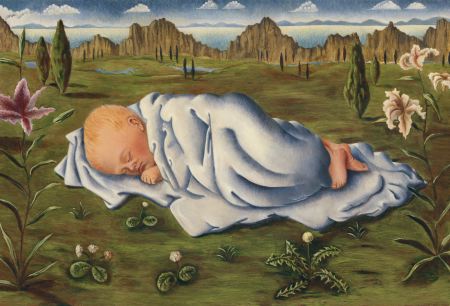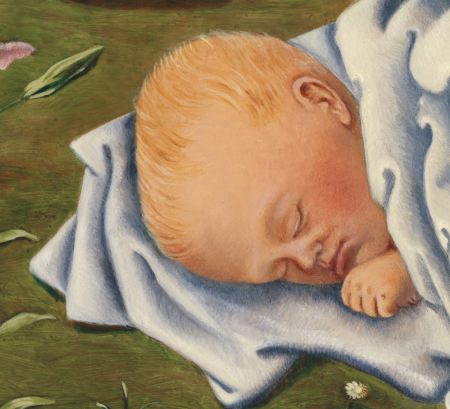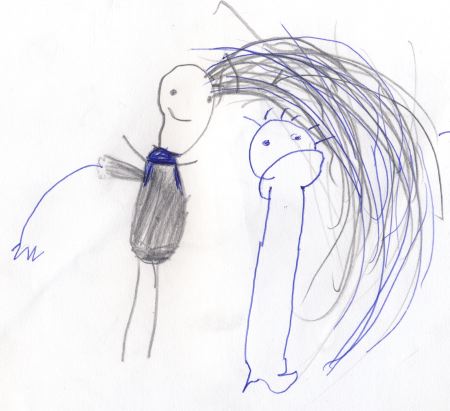A recent post generated some discussion as to the relevance and status of political art on this blog and in society in general. I found this to be odd. Odd because in my view art is by it’s very nature political, inescapably so. In fact “political art” is almost a redundancy.
What is art? Artists, philosophers, historians, politicians, theologians, decorators, designers and investors have been debating this question since the invention of approval and disapproval. Webster defines art as”the conscious use of skill and creative imagination, especially in the production of aesthetic objects.”
While I comfortably accept Webster’s simple and elegant definition, in my view art is also the ultimate exercise of freedom and therefore the most political of statements possible. Every time an artist captures and reinterprets light, words or sounds, he or she is making a political statement. All art is political.

Artists can be divided into two categories: the honest who are true to their own aesthetic vision and muse and the dishonest who are not. Honest artists are anarchists and the most dedicated of libertarians. Dishonest artists emotionally and intellectually compromise their work in order to satisfy societal norms, commercial interests or peer pressure. But in either case, the product is a powerful political statement either supporting and furthering the politics du jour or expressing opposition. Both types of artists can produce great work. Honest artists like Van Gogh and Pollock and dishonest artists like Picasso and Warhol are good examples. I admit this differentiation is not so easily defined. Was Warhol paying tribute to commercialism and worshiping at its alter or was he satirizing and mocking it? Did Picasso mass produce art out of greed or are 50 versions of the same line a creative act of brilliance?
All of that aside, I believe that great artists are absolutely true to the themselves, expressing their inner vision with brutal and uninhibited candor regardless of the cost. And how can that be seen as anything other than a political statement?
Our old friend Webster defines “freedom” “as the quality or state of being free; as in the absence of necessity, coercion or constraint in choice or action.” Is that not also a definition of art and the process of its creation?
What act or set of actions in any society better exemplifies freedom?
Art is one of the first victims of censorship and persecution by dictators, authoritarians, totalitarians and theocrats. Few people or groups are more threatening to such systems than an honest artist. And dictators, theologians and corporations pay a premium for the dishonest artist who will create art in the furtherance of the cause or religious belief.
In a world where corporations, governments and organized religions spend trillions of dollars to control our perceptions and define our political, social and moral behavior, how can art not be seen as the most profound, challenging and liberating political statement of all?
As an artist, if you are true to your vision and true to yourself in the creation of your product, you are creating political art and making a bold political statement simply through your commitment to yourself and to your own muse. One need not depict an obvious political subject to create political art, one need only remain true to one’s self.







